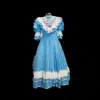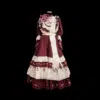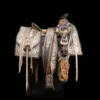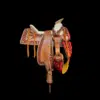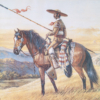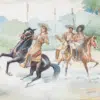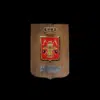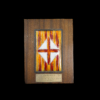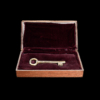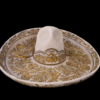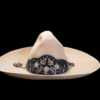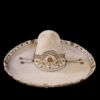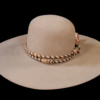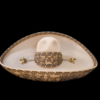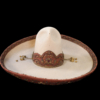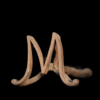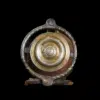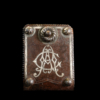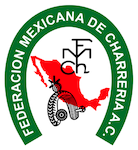In this section of the Museo de la Charrería, we invite you to learn about one of the most essential pieces in the relationship between the rider and his horse: the bridle. This artifact, which has evolved over the centuries, is a reflection of the ingenuity and craftsmanship of the different equestrian cultures, being a fundamental component for equestrian disciplines and charrería.
Origins and evolution of brakes
The use of brakes to control and guide horses dates back to ancient civilizations, such as the Egyptians and Romans, where rudimentary iron systems were already in use. Over time, these pieces were perfected, incorporating materials such as bronze, steel and leather, as well as decorations that reflected the social status and aesthetics of the time.
In viceregal Mexico, braces were adapted to the needs of country riders, fusing Spanish influences with indigenous techniques. Thus were born functional designs, but also ornamented, which today are an example of utilitarian art.
The brake in the charrería
In charreria, the bridle is not only a tool of control, but a symbol of skill and respect for the horse. Every charro discipline, from the cala de caballo to the manganas, demands absolute mastery of the rider-horse pairing, and the bridle is key to achieving this connection.
Mexican designs, such as beard braces or espadins, stand out not only for their functionality, but also for the intricate hand-engraved details that make them true works of art.
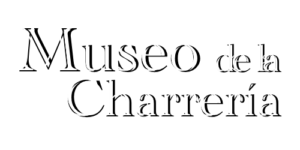
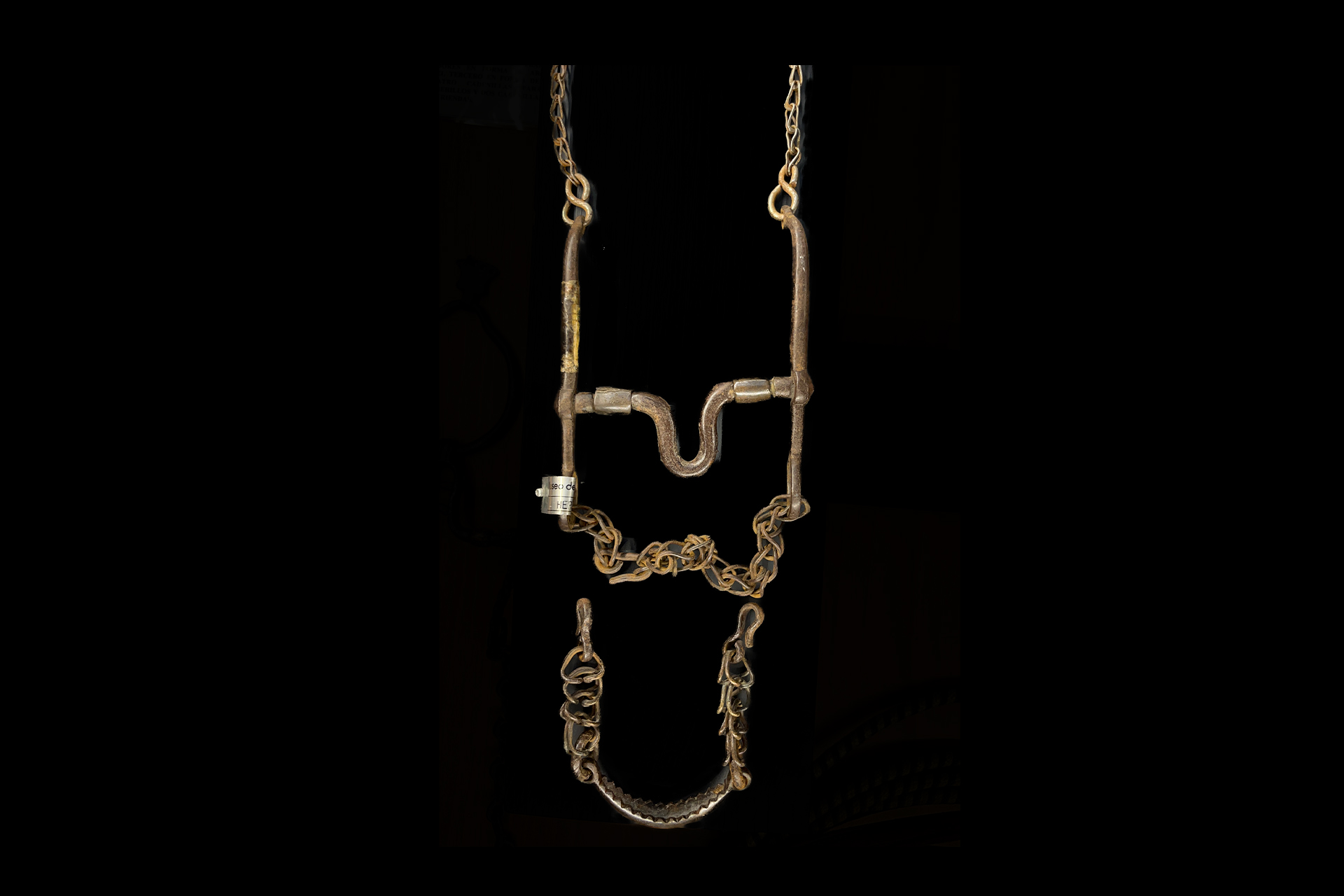
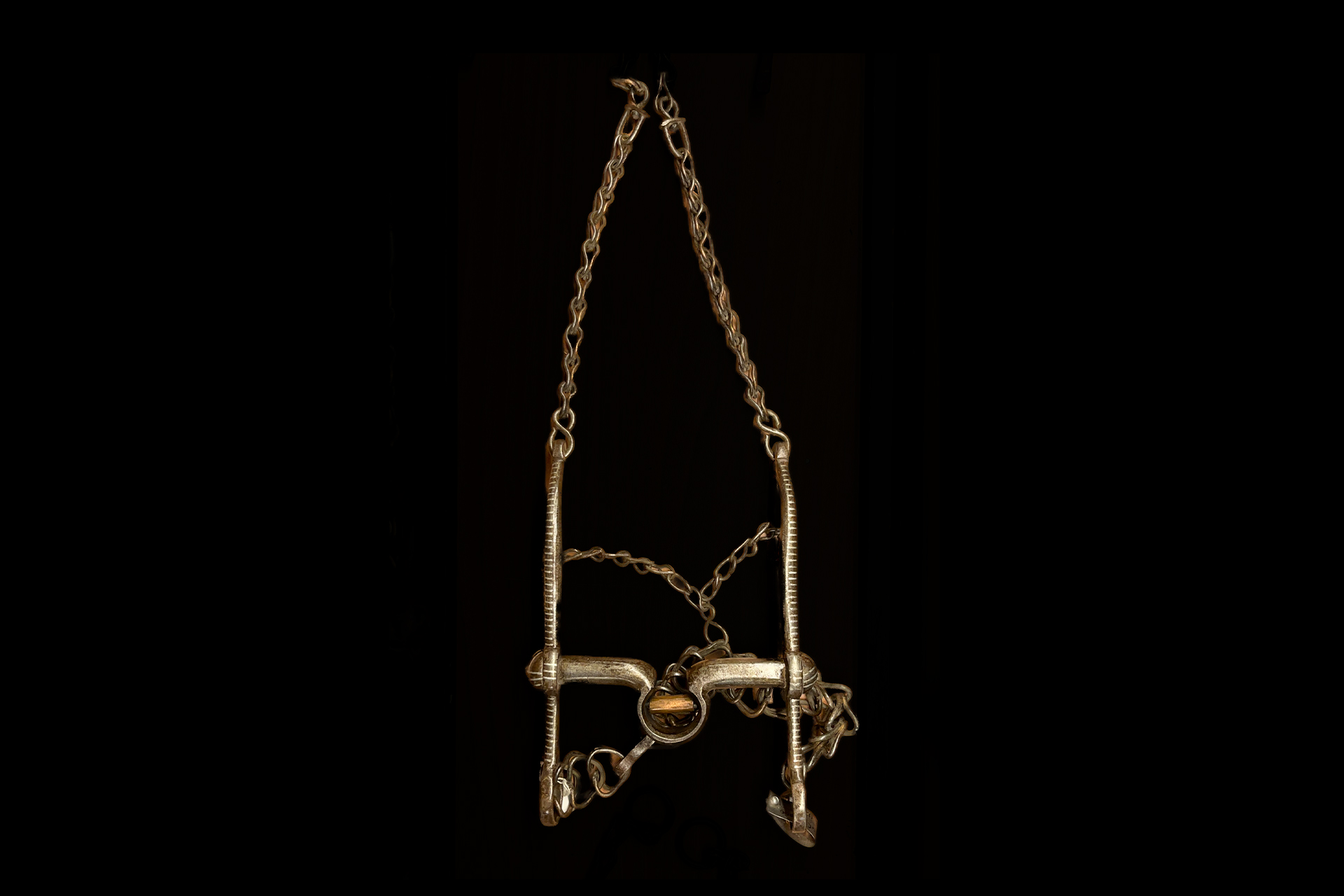
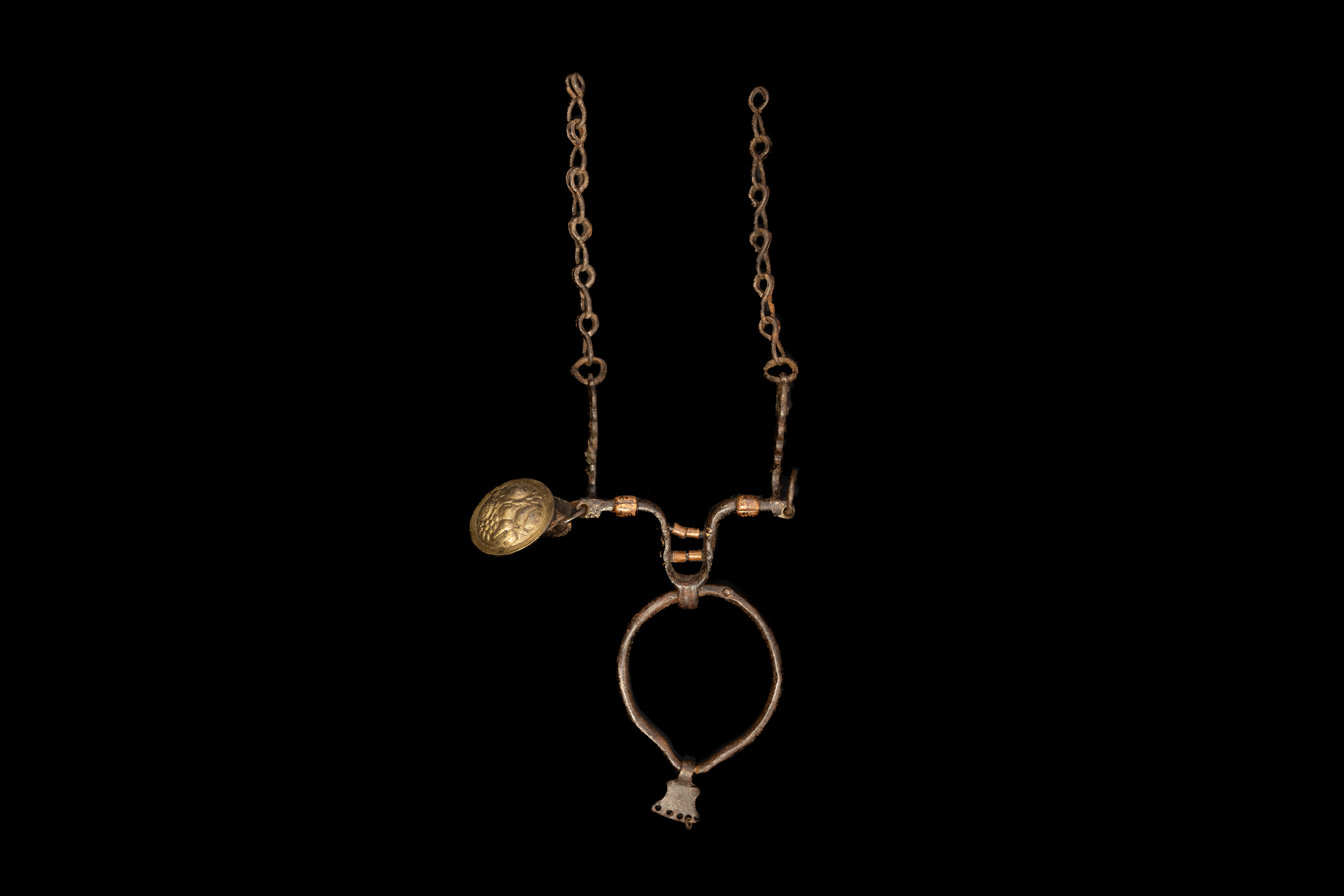
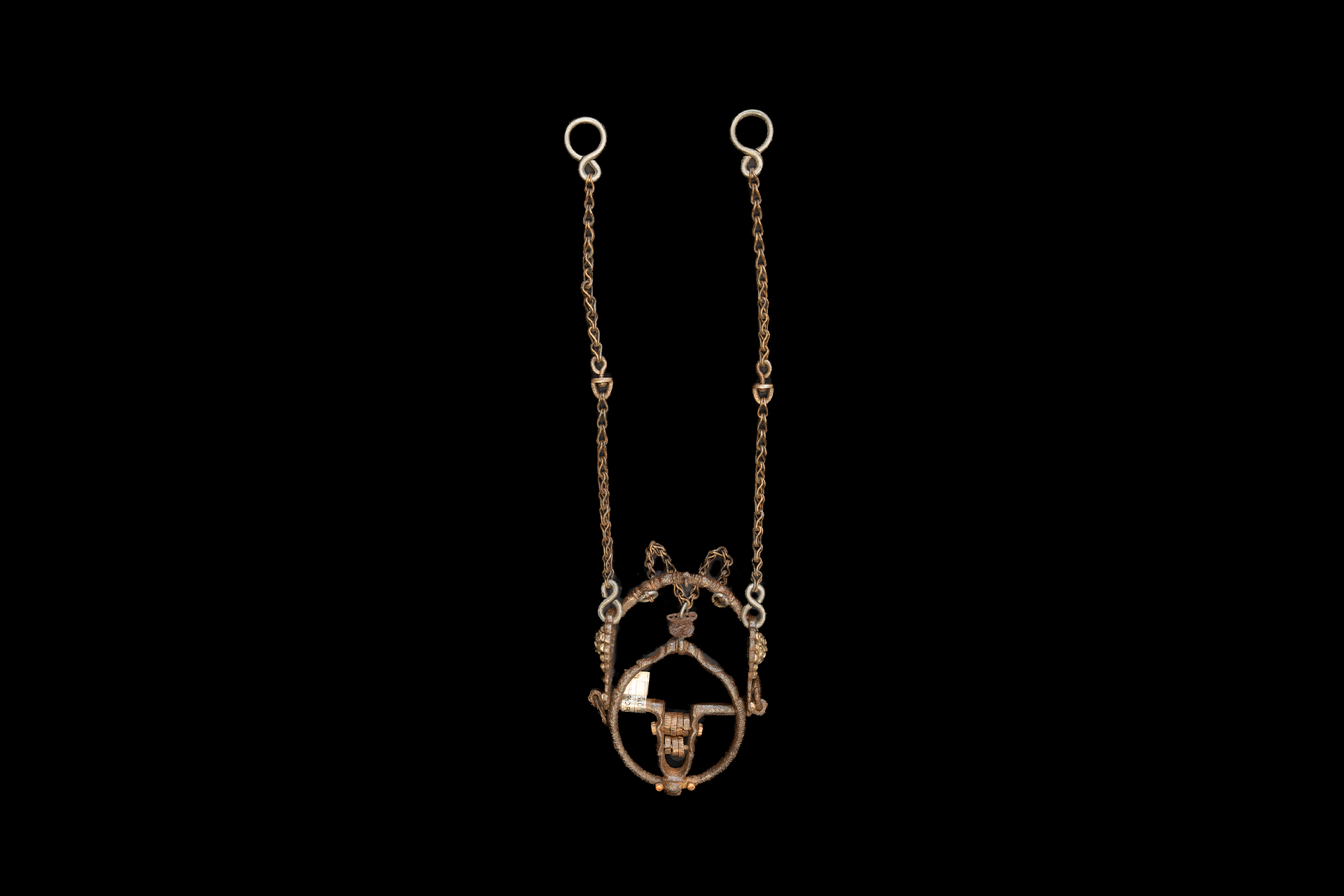
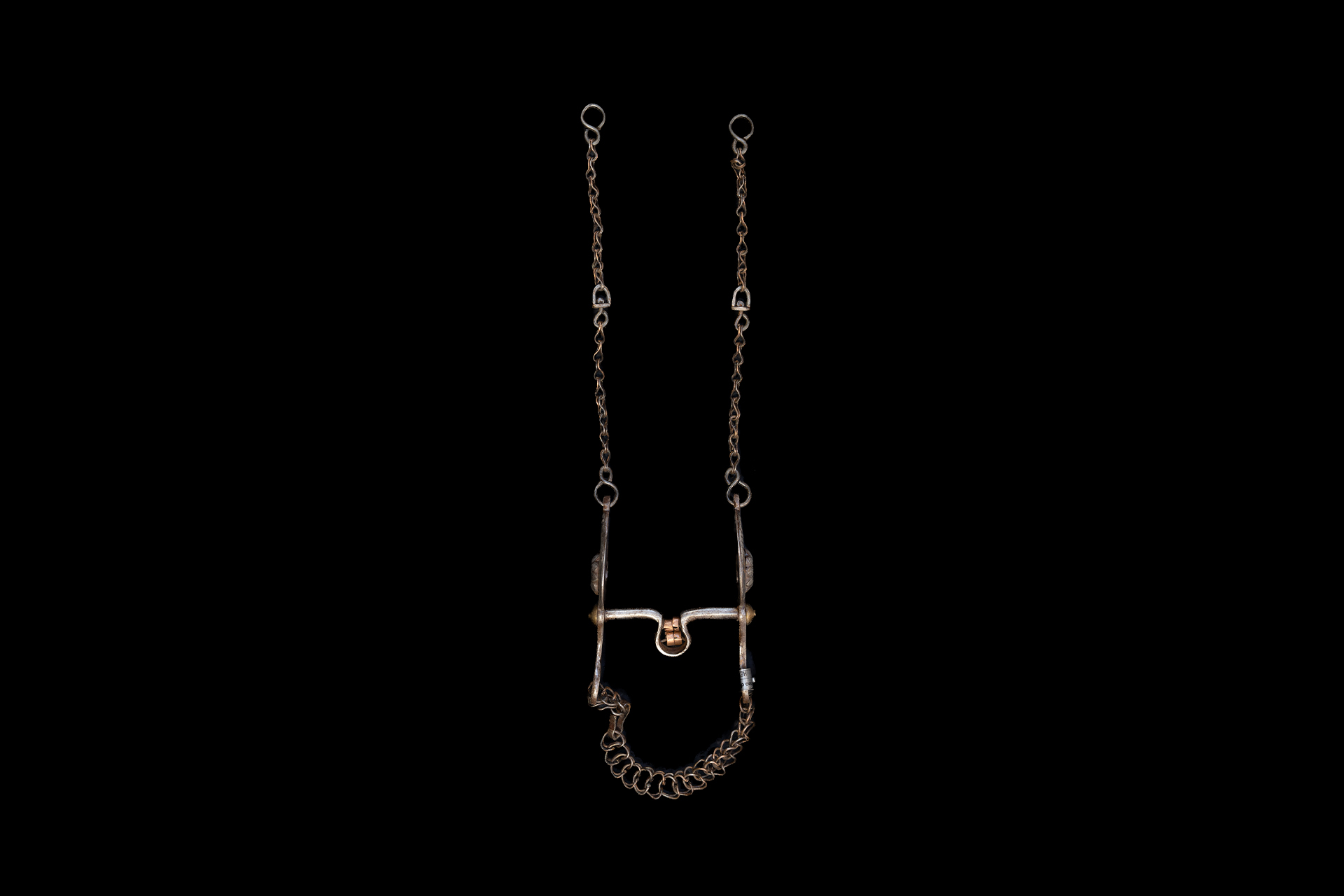
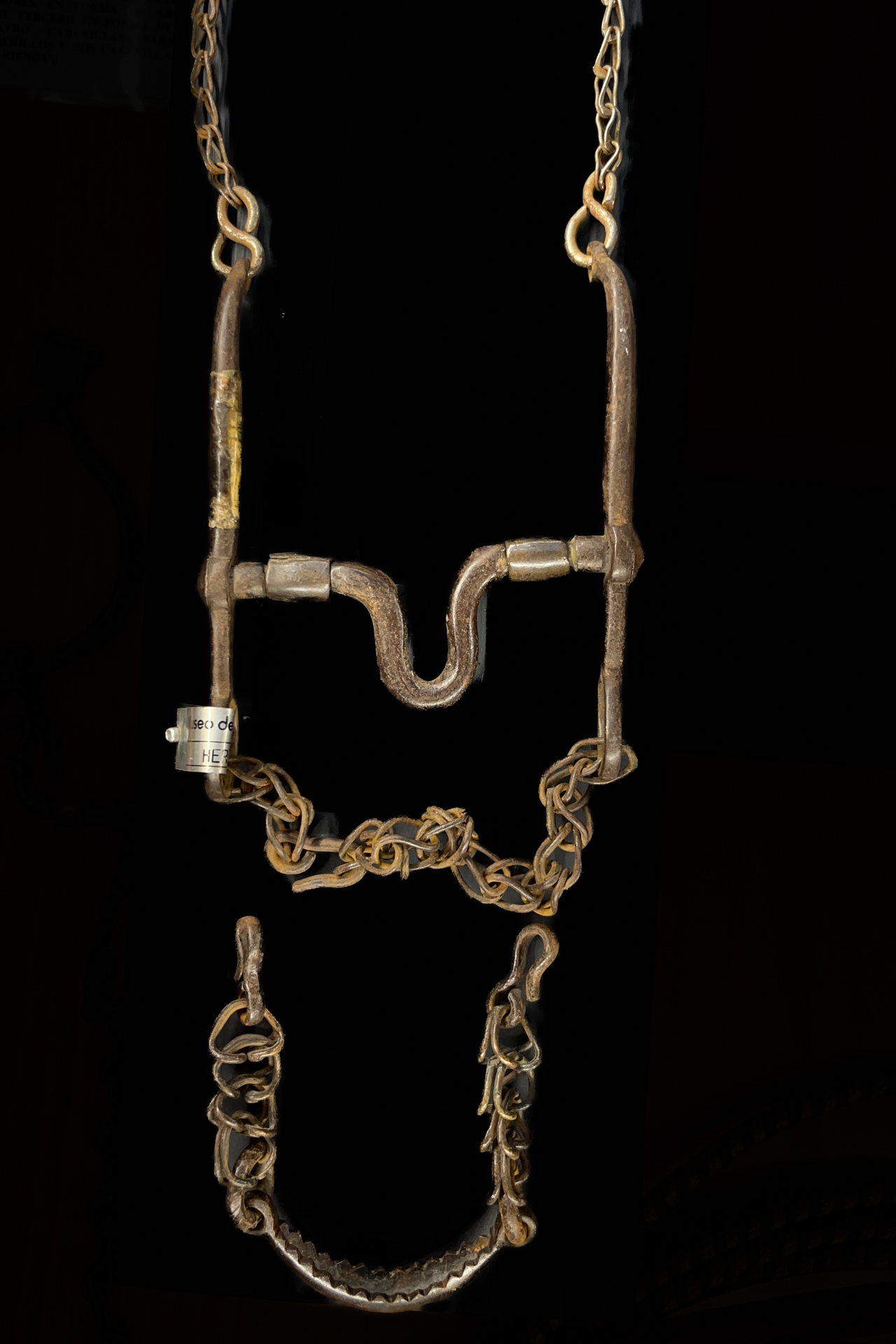

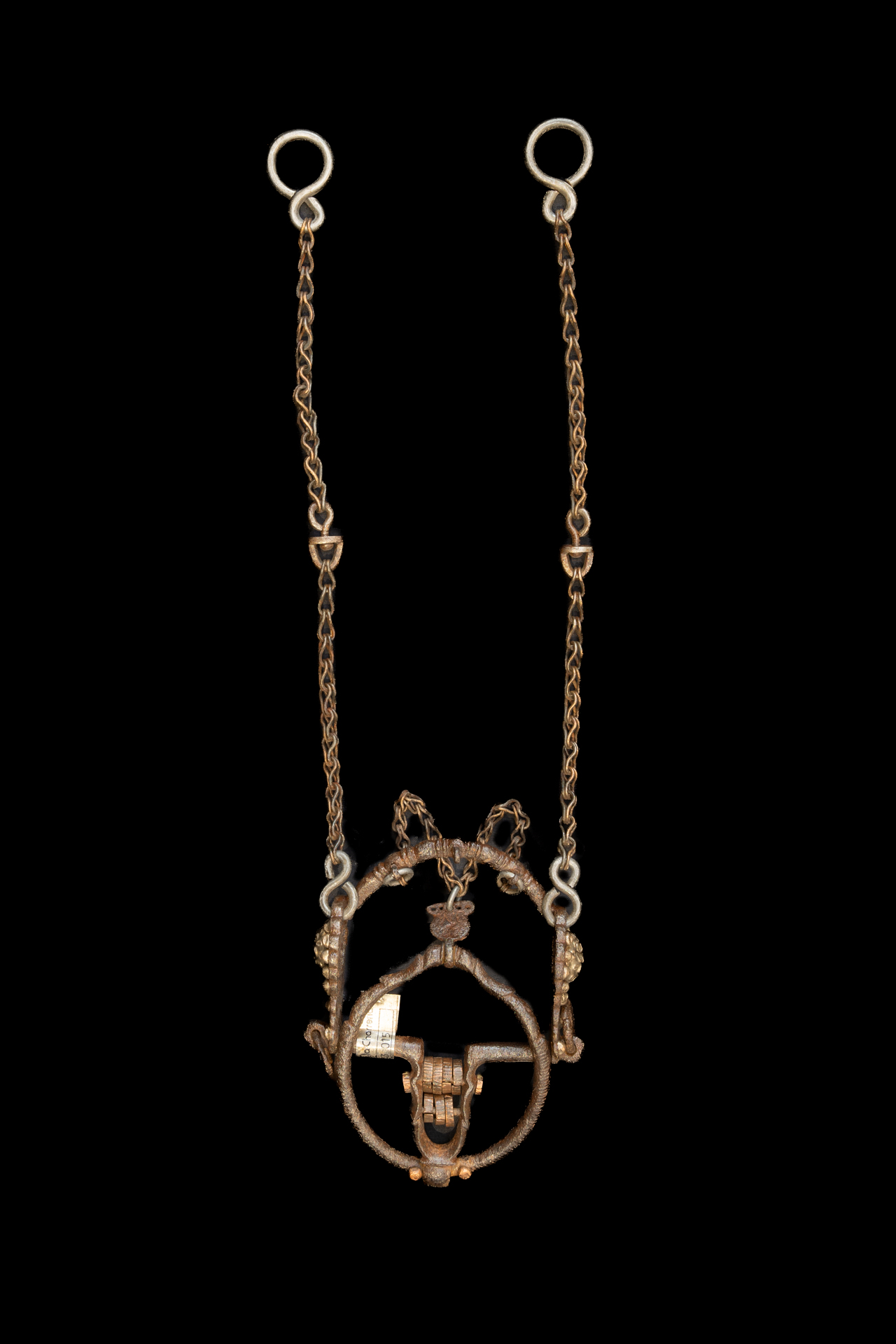
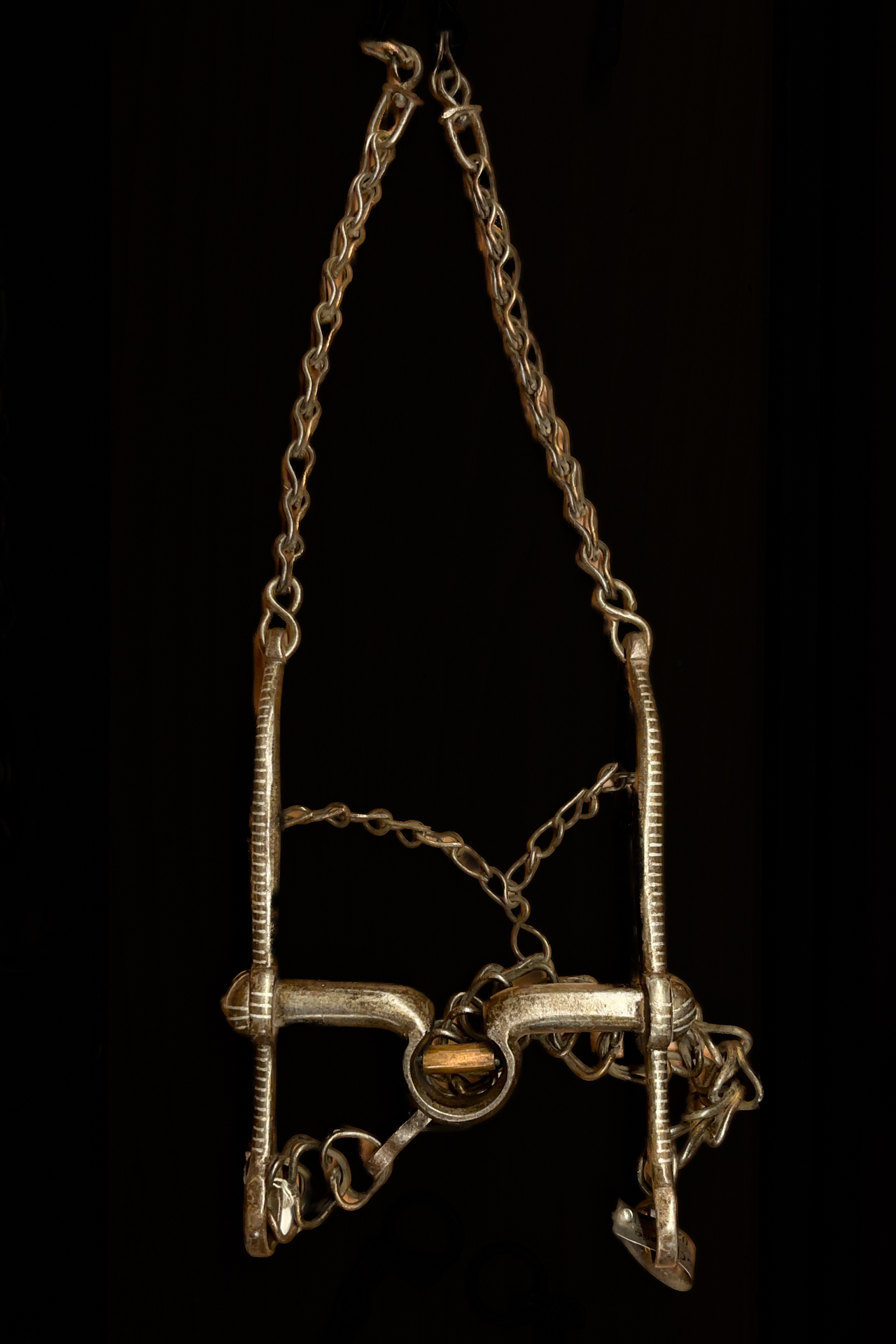
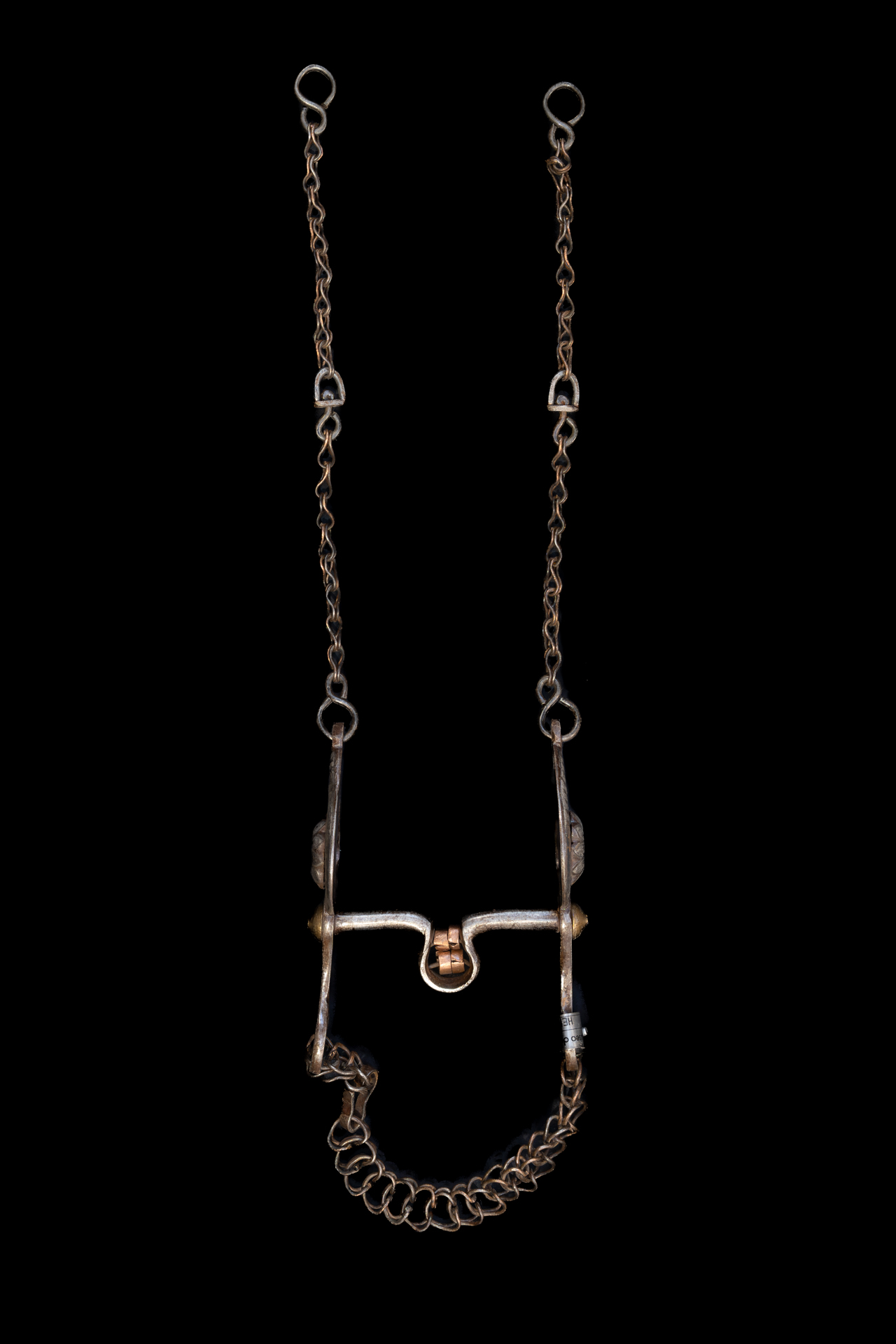
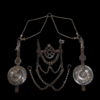
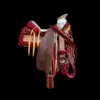
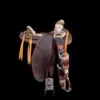
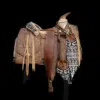
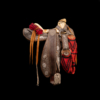
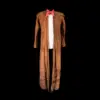

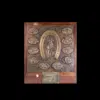
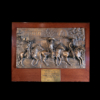
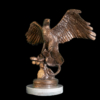
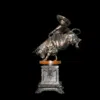

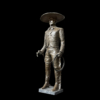
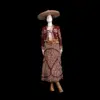
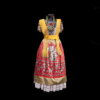
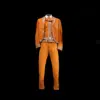
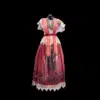 Antonio Gegundez
Antonio Gegundez